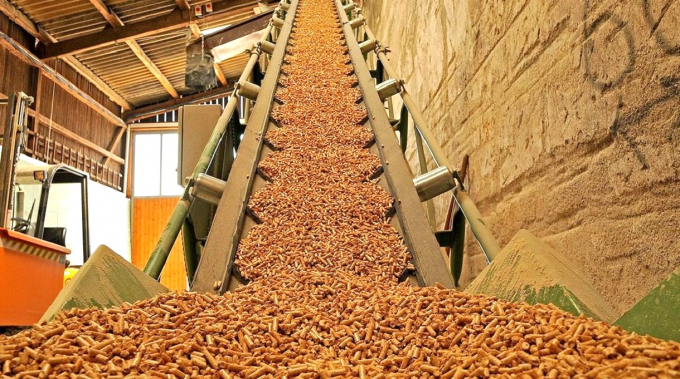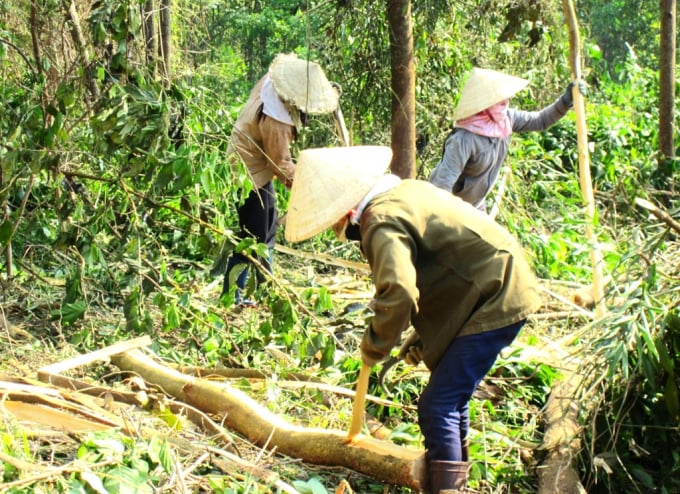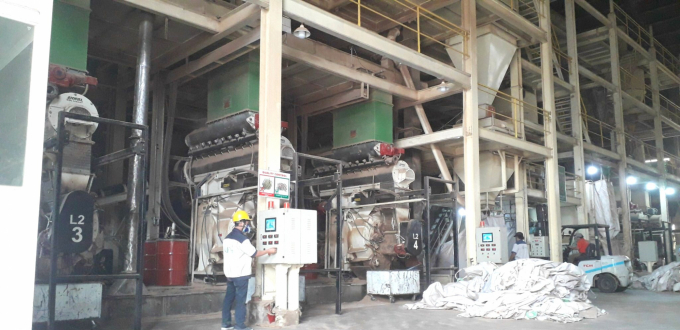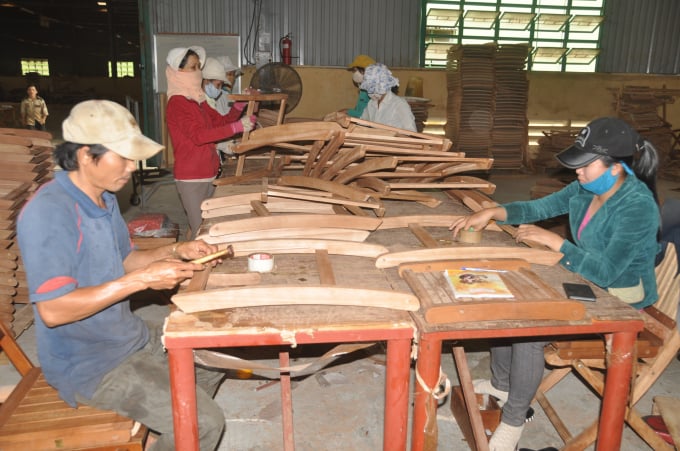South Korea and Japan - the two important markets
According to the Association of Vietnam Timber and Forest Product (Viforest), pellets are a rising commodity in the export wood processing industry. Pellets’ production and export have only experienced strong growth in the past five years, but now Vietnam has become the second largest exporter of pellets in the world after the United States, with an export volume of over 3 million tons per year, achieving an export turnover of approximately USD 400 million. Japan and South Korea are the two largest pellet consumption markets of Vietnam, accounting for over 95% of the total export volume.
The scale of Vietnam's pellet exports to Japan and Korea is fairly equal at the moment. In 2021, the volume of pellets exported to Korea accounted for 56% and Japan accounted for 43.8%.
Japan has a much stronger and more stable market growth rate than the South Korea market. According to experts, in the future the Japan market’s demand for pellets will increase three times now, posing a great opportunity for Vietnam's pellets to expand the market in Japan.

Pellet production line of Phu Tai Bio-Energy Corporation (Quy Nhon city, Binh Dinh). Photo: V.D.T.
On the other hand, Mr. Do Xuan Lap, President of Viforest, said that South Korea is superior to Japan in terms of price increase rate. To be more specific, in the first months of 2020, the export price to the South Korea market was only approximately 70% of the export price to the Japan market, however, by the end of the fourth quarter of 2021, that difference could no longer be seen.
Input materials for production are still limited

Branches of plantation forest wood are input materials for the production of pellets. Photo: V.D.T.
Input materials for the production of pellets are mainly branches and tops of plantation forest wood and by-products in wood processing for export such as sawdust, shavings, and wood chips. The materials are mostly mobilized on the spot, unable to purchase remotely. The reason is that the benefits from the production and trade of this item cannot offset the cost of transporting raw materials from one region to another over a long geographical distance.
Being considered as a subproduct, the raw materials usually are by-products or waste in wood processing and timber logging, so Vietnamese authorities do not require exporting enterprises to declare the origin of the materials that make the product, however, some enterprises still carry out the declaration procedure.
“Several grand importers of the Japan market have requested FSC certificates from Vietnamese pellet production enterprises. The pellets must be produced from materials from plantation forests with certifications of sustainability. Meanwhile the area of FSC-certified production forest in Vietnam is currently only approximately 186,000 ha, in which the area for exploitation only accounts for 40 - 50%, so the amount of FSC-certified raw wood used to make pellets is still limited, mostly concentrated in northern and central provinces, areas with a large FSC-certified plantation forest area," said Mr. Do Xuan Lap.

Inside the pellet production factory of Phu Tai Bio-Energy Corporation. Photo: V.D.T.
Important export commodity
On March 8, the Russian Government issued a ban on the export of a number of wood products, including pellets and logs, in response to the sanctions of European countries. Regarding the conflict between Russia and Ukraine, this ban will be maintained until the end of 2022. And with this ban in effect, pellets exported from Russia are considered illegal. Accordingly, the world’s pellet supply of 2.4 million tons/year from Russia is now interrupted, forcing import markets to find an alternative source. This is an opportunity for Vietnam's pellet exports to make a great advancement.

In areas where there is no plantation forest, wood processing waste products for export such as sawdust, shavings, and wood chips are input materials for pellet production. Photo: V.D.T.
Having a large export volume and turnover, pellets have become an important export item of Vietnam's wood industry. Vietnam's pellet production and export will continue to grow in the near future as the market's demand will be constantly on an uptrend.
For sustainable development, Vietnam wood industry requires a mechanism to inspect and supervise pellet production to ensure the legality of the products. In particular, Vietnamese enterprises need to gain a deep understanding of the production supply chain, including production status, input wood sources, information on labor, environment, and linkages between exporting enterprises and production facilities.
(Source: https://vietnamagriculture.nongnghiep.vn/)

 Tiếng Việt
Tiếng Việt